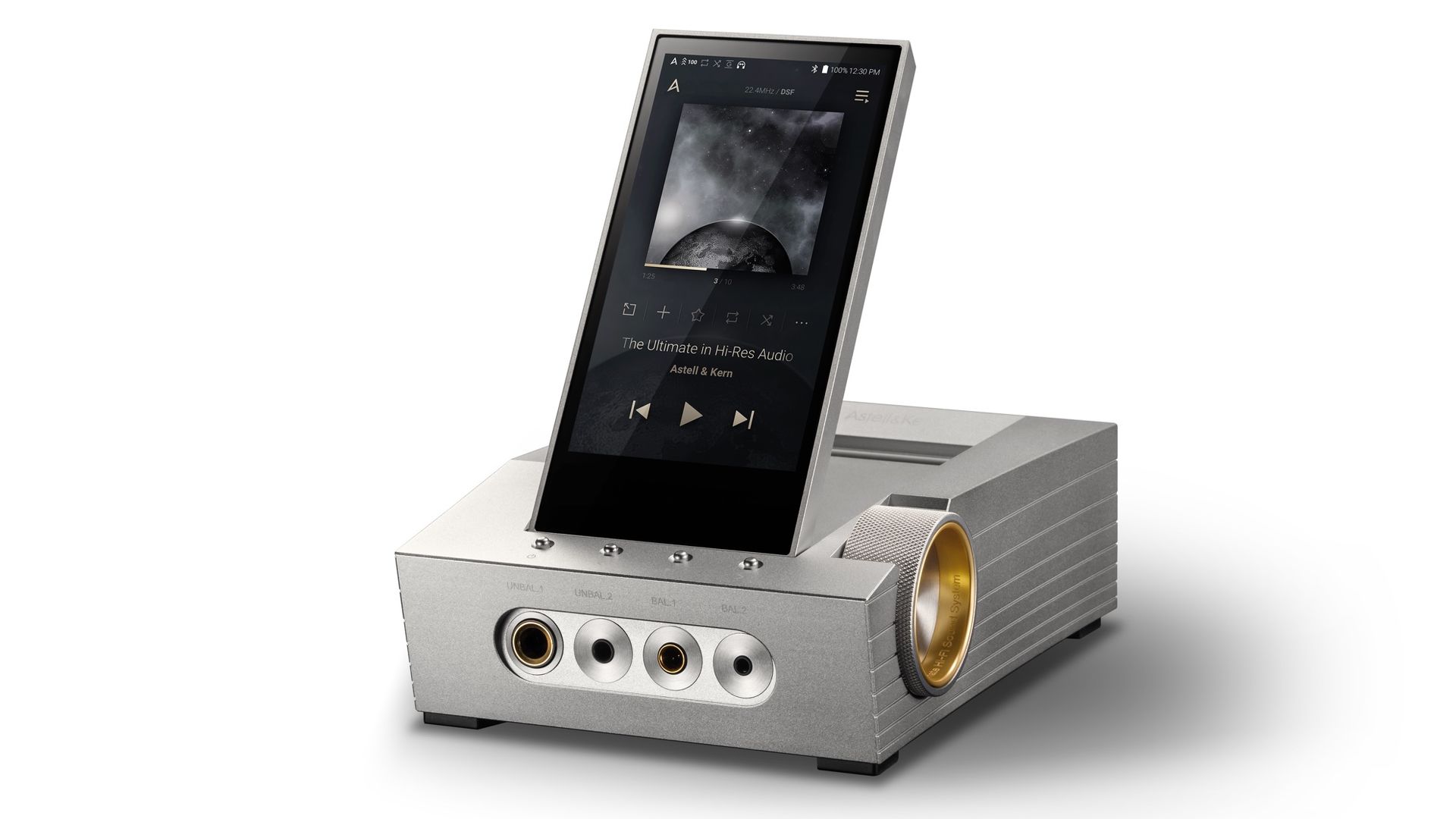Introduction:
In the fast-paced world of consumer electronics, audio quality plays a pivotal role in enhancing user experiences across various devices. As technology continues to evolve, the demand for compact and power-efficient solutions has led to the rise of Low Power Audio Codecs (LPACs). These specialized System-on-Chip (SoC) components have become integral in a wide range of applications, spanning from smartphones and wearables to smart speakers and IoT devices. This article delves into the dynamic landscape of the Low Power Audio Codecs market, exploring its current state, key trends, growth drivers, challenges, and future prospects.
Market Overview:
Low Power Audio Codecs (LPACs) are semiconductor devices designed to process and encode/decode audio signals with a focus on minimizing power consumption. These compact yet powerful components find applications in a myriad of consumer electronics, including smartphones, tablets, wireless headphones, smartwatches, and other IoT devices. LPACs play a crucial role in delivering high-quality audio experiences while ensuring energy efficiency – a critical factor in today’s battery-dependent devices.
The LPAC market has witnessed substantial growth in recent years, driven by the increasing adoption of audio-centric devices and the growing trend towards wireless audio solutions. The proliferation of smartphones, wearables, and smart home devices has created a robust demand for low power audio processing technologies. Additionally, the rising consumer expectations for superior audio quality in portable devices have further propelled the market forward.
Key Market Trends:
- Wireless Audio Dominance: With the proliferation of wireless audio devices such as Bluetooth headphones and earbuds, the demand for low power audio codecs has surged. LPACs play a pivotal role in enabling high-quality audio streaming with minimal power consumption, aligning with the consumer preference for cord-free audio experiences.
- Integration of Advanced Features: LPAC manufacturers are increasingly focusing on integrating advanced features into their products. This includes support for voice recognition, noise cancellation, and other audio processing enhancements. Such capabilities enhance the overall user experience and broaden the market potential for LPACs.
- Rise of Wearable Technology: The growing popularity of wearable devices, including smartwatches and fitness trackers, has created a new frontier for LPACs. These compact chips are essential for delivering clear audio prompts, supporting voice commands, and enabling seamless communication in small form factor wearables.
- Demand in IoT Devices: The expanding ecosystem of Internet of Things (IoT) devices has created opportunities for LPACs to be integrated into a diverse range of products. From smart home devices to industrial applications, low power audio codecs contribute to efficient audio processing without compromising energy consumption.
Growth Drivers:
- Consumer Demand for High-Quality Audio: As consumers increasingly prioritize audio quality in their electronic devices, manufacturers are compelled to incorporate advanced audio processing solutions. LPACs address this demand by delivering superior sound quality while optimizing power usage.
- Proliferation of Smart Devices: The continued proliferation of smartphones, smart speakers, and other intelligent devices has significantly contributed to the growth of the LPAC market. These devices rely on low power audio codecs to ensure efficient audio processing without draining battery life.
- Technological Advancements: Ongoing advancements in semiconductor technology and audio processing algorithms have allowed manufacturers to develop increasingly sophisticated and power-efficient LPACs. This continuous innovation is a key driver of market growth.
Receive the FREE Sample Report of Low Power Audio Codecs Market Research Insights @ https://stringentdatalytics.com/sample-request/low-power-audio-codecs-market/10399/
Market Segmentations:
Global Low Power Audio Codecs Market: By Company
• Synaptics(US)
• Dialog Semiconductor (UK)
• Asahi Kasei Microdevices (Japan)
• Cirrus Logic(US)
• Knowles(US)
• STMicroelectronics (Switzerland)
• Texas Instruments (US)
• Analog Devices(US)
• ON Semiconductor(US)
• Infineon Technologies(Germany)
• Rohm(Japan)
• NXP Semiconductors(Netherlands)
• Silicon Laboratories (US)
Global Low Power Audio Codecs Market: By Type
• Analog
• Digital
Global Low Power Audio Codecs Market: By Application
• Desktop and Laptop
• Mobile Phone and Tablet
• Music & Media Device and Home Theatre
• Television and Gaming Console
• Headphone, Headset, and Wearable Device
• Automotive Infotainment
• Other
Regional Analysis of Global Low Power Audio Codecs Market
All the regional segmentation has been studied based on recent and future trends, and the market is forecasted throughout the prediction period. The countries covered in the regional analysis of the Global Low Power Audio Codecs market report are U.S., Canada, and Mexico in North America, Germany, France, U.K., Russia, Italy, Spain, Turkey, Netherlands, Switzerland, Belgium, and Rest of Europe in Europe, Singapore, Malaysia, Australia, Thailand, Indonesia, Philippines, China, Japan, India, South Korea, Rest of Asia-Pacific (APAC) in the Asia-Pacific (APAC), Saudi Arabia, U.A.E, South Africa, Egypt, Israel, Rest of Middle East and Africa (MEA) as a part of Middle East and Africa (MEA), and Argentina, Brazil, and Rest of South America as part of South America.
Click to Purchase Low Power Audio Codecs Market Research Report @ https://stringentdatalytics.com/purchase/low-power-audio-codecs-market/10399/
Challenges:
- Intense Competition: The low power audio codecs market is highly competitive, with several established players and new entrants vying for market share. This competitive landscape poses challenges for companies to differentiate their products and maintain profitability.
- Complexity of Integration: Integrating LPACs into devices requires intricate design considerations, especially in space-constrained applications like wearables and earbuds. Manufacturers face challenges in balancing performance, power efficiency, and form factor constraints.
- Regulatory Compliance: Compliance with audio quality standards, wireless communication regulations, and other industry specifications adds complexity to LPAC development. Adhering to these standards while delivering innovative features requires a delicate balance.
Future Prospects:
The future of the Low Power Audio Codecs market looks promising, driven by evolving consumer preferences and technological advancements. Several trends and developments are likely to shape the market landscape:
- 5G Integration: The rollout and widespread adoption of 5G technology will influence the LPAC market. With faster and more reliable wireless connectivity, there will be increased demand for low power audio codecs capable of supporting high-quality audio streaming in real-time.
- AI-Powered Audio Processing: The integration of Artificial Intelligence (AI) in audio processing is poised to be a game-changer. LPACs equipped with AI capabilities can provide adaptive audio experiences, personalized sound profiles, and enhanced noise cancellation, catering to individual user preferences.
- Expanded IoT Applications: As the Internet of Things continues to expand, the applications for LPACs will diversify. From smart home devices and connected cars to industrial IoT applications, low power audio codecs will play a crucial role in enabling efficient and high-quality audio processing.
- Environmental Sustainability: With an increased focus on sustainability, manufacturers are likely to emphasize the development of eco-friendly and energy-efficient LPACs. This aligns with the broader industry trend towards creating environmentally responsible electronic devices.
Conclusion:
The Low Power Audio Codecs market stands at the intersection of technological innovation and consumer demand for enhanced audio experiences. As the world becomes more connected and devices more sophisticated, the role of LPACs in delivering efficient and high-quality audio processing will only become more pivotal. While challenges persist, the continuous evolution of semiconductor technology and the integration of advanced features ensure a promising future for the LPAC market, with potential applications expanding into new and exciting domains.
About Stringent Datalytics
Stringent Datalytics offers both custom and syndicated market research reports. Custom market research reports are tailored to a specific client’s needs and requirements. These reports provide unique insights into a particular industry or market segment and can help businesses make informed decisions about their strategies and operations.
Syndicated market research reports, on the other hand, are pre-existing reports that are available for purchase by multiple clients. These reports are often produced on a regular basis, such as annually or quarterly, and cover a broad range of industries and market segments. Syndicated reports provide clients with insights into industry trends, market sizes, and competitive landscapes. By offering both custom and syndicated reports, Stringent Datalytics can provide clients with a range of market research solutions that can be customized to their specific needs.
Reach US
Stringent Datalytics
+1 346 666 6655
Social Channels:
Linkedin | Facebook | Twitter | YouTube




Leave a Reply